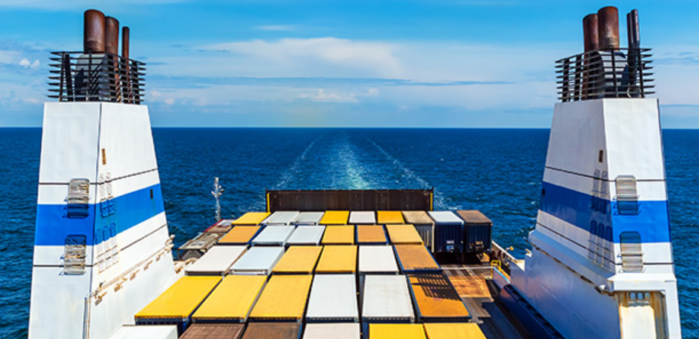According to EMSA data, the last seven years, 3,236 Ro-Ro accidents were reported. After investigating several of these accidents, EMSA concluded that 20% of them are fire related, 15% are collisions and 14% regarded damage to ship. Assessing risks before starting an operation is a critical step, EMSA notes, highlighting lessons learned from Ro-Ro analysis.
Namely, EMSA created an infographic analyzing the operation of Ro-Ros in which EMSA notes that from 2011 until 2018 3236 accidents regarding Ro-Ros have been reported. Out of these accidents, EMSA has investigated 159 of them, finding out that 20% are fire related.
In fact, there are three main types of accidents that have taken place in Ro-Ros:
- Fire related – 20%;
- Collisions – 15%;
- Damage to ship – 14%
The findings of the analysis concerning safety focus on:
- Working practises
When analyzing the causes of the accidents, EMSA noted that they occur because of incorrect executions such as mooring, navigation and watchkeeping. Moreover, miscommunication is another factor that causes accidents in cases such as the process of loading and unloading between the bridge and the garage of the ro – ro ships.
- Safety assessment & planning
Knowing the risks before starting an operation is crucial as this is a key factor that could contribute to occupational accidents. Examples are easily found when loading forklift trucks, maintenance works by crew in enclosed spaces and navigational planning when entering a port
- Securing vehicles
Inadequate procedures to load and secure vehicles as well as to ensure they disembark safety from a ship’s ramp is another common contributing factor
- Familiarisation
The factor of inexperience such as lack of knowing the ship, its characteristics and duties could cause accidents. An inexperienced master may face several difficulties when trying to anchor a ship in difficult weather conditions
- Situational awareness
Situational awareness is important to prevent dangerous situations, such as grounding or collisions. In addition, in order to ensure safe the proper collection, processing and prioritisation of information from many sources is important.
- Design & ergonomics
Low safety standards in hardware design are a common factor to accidents, such as a missing safety barrier at the top of an hydraulic oil tank. Infrastructure ergonomics and poor equipment causes crew members not to perform efficiently. The design of a bridge and its appliances is an often cited problem.
- Safety recommendations
Finally, the safety recommendations mainly aim to alert the safety barriers for fire detection, fire fighting and cargo operations.
You may see more information in the following infographic































































